The Enduring Allure of Pewter Dragons: A Collector’s Guide for the Modern Age
In the vast realm of fantasy collectibles, few items possess the timeless appeal and quiet dignity of the pewter dragon. For decades, these intricate metal sculptures have captured the imaginations of collectors, embodying the power, mystery, and magic of mythology’s most formidable creatures. Unlike the fragile beauty of porcelain or the dazzling clarity of crystal, pewter offers a unique combination of durability, affordability, and a weighty, substantial feel that perfectly complements the gravitas of a dragon.
The world of pewter dragon collecting has evolved significantly from its heyday in the 1980s and 90s. While nostalgia for classic manufacturers like Rawcliffe and Tudor Mint is stronger than ever, a new wave of independent artists, niche boutiques, and evolving design trends has infused the hobby with fresh energy. For both seasoned collectors and newcomers, the landscape is rich with opportunity. This comprehensive guide will explore the enduring magic of pewter dragons, from the cherished vintage market to the exciting frontiers of contemporary craftsmanship.
Why Pewter? The Perfect Medium for a Mythical Beast
The choice of pewter for dragon figurines is no accident. This ancient alloy, today composed primarily of tin with small amounts of copper and antimony, has several properties that make it ideal for detailed sculptural work.
- Modern Safety and Durability: Modern pewter is completely lead-free, making it safe to handle and display. Its inherent durability means it doesn’t shatter like glass or porcelain, a significant advantage for collectors who want to interact with their pieces or live in households with children and pets. While it can bend under pressure, it is remarkably resilient.
- Exceptional Detail: Pewter has a low melting point and flows easily into molds, allowing for the creation of incredibly intricate and detailed designs. From the individual scales on a dragon’s back to the fierce expression in its eyes, pewter captures the artist’s vision with stunning fidelity.
- A Timeless Aesthetic: The soft, silvery luster of pewter lends itself perfectly to the fantasy genre. It evokes a sense of ancient craftsmanship, reminiscent of medieval goblets and ceremonial artifacts. This “old world” charm allows a pewter dragon to feel like a treasured relic from a bygone era, a stark and compelling contrast to more modern, brightly colored collectibles. Over time, pewter develops a gentle patina, a soft grey tone that enhances its depth and character, adding to its antique appeal.
The Titans of the Past: Vintage Pewter and the Nostalgia Market
For many collectors, the passion for pewter dragons was kindled in the 1980s and 90s, a golden age for fantasy art. Manufacturers from this era have become legendary, and their pieces are highly sought after in the secondary market.
- Rawcliffe Pewter: Often considered the pinnacle of vintage fantasy pewter, Rawcliffe (and its associated artists and lines like Ral Partha) produced a vast and beloved range of dragons. Known for their dynamic poses, intricate details, and frequent use of crystal accents (often for eyes or magical orbs), Rawcliffe dragons are the “holy grails” for many collectors. Artists like Tom Meier and Sandra Garrity created iconic pieces that are still celebrated today. Finding a signed, vintage Rawcliffe dragon in good condition can range from $20 for a small piece to several hundred dollars for a large, rare, or limited-edition sculpture.
- Tudor Mint: Hailing from the UK, Tudor Mint’s “Myth and Magic” collection is another cornerstone of the vintage market. These pieces are renowned for their whimsical and often elaborate designs, frequently incorporating large, multi-faceted crystals. Tudor Mint dragons often have a distinct, almost storybook quality that sets them apart. Like Rawcliffe, their value has appreciated, and collectors actively seek out pieces with their original boxes and certificates of authenticity.
- Spoontiques: While also producing a wide range of giftware, Spoontiques was a prolific creator of pewter fantasy figurines, including many dragons. Often smaller and more affordable than Rawcliffe or Tudor Mint, Spoontiques made the hobby accessible to a wider audience. Today, they represent an excellent entry point for new collectors looking to acquire a piece of vintage fantasy history.
The market for these vintage pieces is thriving on platforms like eBay and Etsy. Collectors are driven by nostalgia, a desire to complete their childhood collections, and a genuine appreciation for the craftsmanship of these classic sculptures.
The New Age of Artisans: Contemporary Pewter Dragons
While the vintage market is strong, the contemporary scene is arguably more exciting and diverse than ever. The internet has empowered a new generation of independent artists and specialized retailers to share their unique visions with a global audience.
- Independent Artists and Etsy: Online marketplaces, particularly Etsy, have become hubs for handcrafted pewter dragons. Here, you can find artists who design, sculpt, and cast their own creations, offering a level of uniqueness and personality that mass-produced items can’t match. These pieces range from tiny, whimsical “desk dragons” to large, bespoke sculptures. Supporting these artists not only gets you a one-of-a-kind piece but also helps sustain the craft for the future.
- Specialty Retailers: Online stores like “The Pewter Dragon” have curated collections featuring the work of numerous talented artists, such as Ray Lamb and John Dennett. These retailers act as galleries for the best in modern pewter craftsmanship, offering a reliable source for high-quality, artist-driven work.
- Luxury Brands: Companies like Royal Selangor, known for their high-end pewter giftware, have also embraced the dragon motif. Their offerings, such as the “Year of the Dragon 2024” collection, are often sleek, modern interpretations that blend traditional craftsmanship with a contemporary design aesthetic. These pieces are positioned as luxury collectibles and command a premium price.
Evolving Trends in Dragon Design
The classic, medieval European dragon remains a perennial favorite, but the design landscape has expanded to include a fascinating array of new styles and influences.
- Gothic and Dark Fantasy: Drawing inspiration from gothic architecture and darker fantasy lore, these dragons are often more menacing and imposing. Think sharp, angular wings, horned visages, and settings that involve crumbling castles or skeletal remains. These pieces appeal to collectors who appreciate a more dramatic and formidable aesthetic.
- Steampunk Dragons: This imaginative subgenre blends the organic form of the dragon with the retro-futuristic technology of the Victorian era. Steampunk dragons are adorned with gears, cogs, pipes, and riveted metal plates, transforming them into magnificent mechanical beasts. This style has seen a surge in popularity, offering a unique and creative twist on the classic dragon.
- Eastern Dragons: Inspired by Asian mythology, these serpentine dragons are long, slender, and often wingless. They are associated with wisdom, good fortune, and control over water. Pewter is an excellent medium for capturing the sinuous, flowing lines of these majestic creatures.
Building and Caring for Your Hoard: A Collector’s Guide
Starting and maintaining a collection of pewter dragons is a rewarding experience. Here are some practical tips to guide your journey.
Where to Hunt for Dragons:
- Online Marketplaces: eBay, Etsy, and Mercari are essential for both vintage and contemporary pieces. Use specific keywords like “Rawcliffe pewter dragon,” “vintage Tudor Mint,” or “handcrafted pewter dragon” to narrow your search.
- Flea Markets and Antique Shops: The thrill of the hunt is real. You never know when you might uncover a hidden gem in a dusty corner of an antique store. These are excellent places to find vintage pieces at potentially bargain prices.
- Fantasy and Comic Conventions: The dealer rooms at these conventions are often treasure troves of fantasy collectibles, including pewter figurines.
Caring for Your Collection:
Modern, lead-free pewter is remarkably easy to care for. It does not tarnish like silver, but it does require occasional cleaning to maintain its luster.
- Regular Dusting: Use a soft, dry cloth (like microfiber) or a soft-bristled brush to gently remove dust.
- Gentle Washing: For a deeper clean, use warm water and a small amount of mild dish soap. Use a soft cloth to wash the figurine, being careful around delicate areas like wings and horns.
- Thorough Drying: After washing, rinse the figurine with clean water and dry it immediately and thoroughly with a soft cloth to prevent water spots.
- Avoid Harsh Chemicals: Never use abrasive cleaners, chemical dips, or scouring pads, as these will scratch the soft surface of the pewter. A gentle, non-abrasive silver polish can be used sparingly on bright or shiny finishes if needed, but simple soap and water is usually sufficient.
Displaying Your Dragons:
Showcase your collection in a way that protects it and highlights its beauty. A glass-fronted curio cabinet is an excellent choice, as it keeps the dust off while allowing for easy viewing. Arrange your dragons with varied heights and poses to create a dynamic and visually interesting display. Good lighting can also make a world of difference, bringing out the subtle details and metallic sheen of the pewter.
A Hobby with Heart
Collecting pewter dragon figurines is more than just an accumulation of objects. It’s a connection to the timeless appeal of myth and fantasy, an appreciation for fine craftsmanship, and a journey into a world of artistic creativity. Whether you are drawn to the nostalgic charm of a vintage Rawcliffe piece or the innovative design of a modern artist’s creation, each dragon in your collection is a miniature monument to the enduring power of imagination. So go forth, explore the market, and start building your own magnificent hoard.

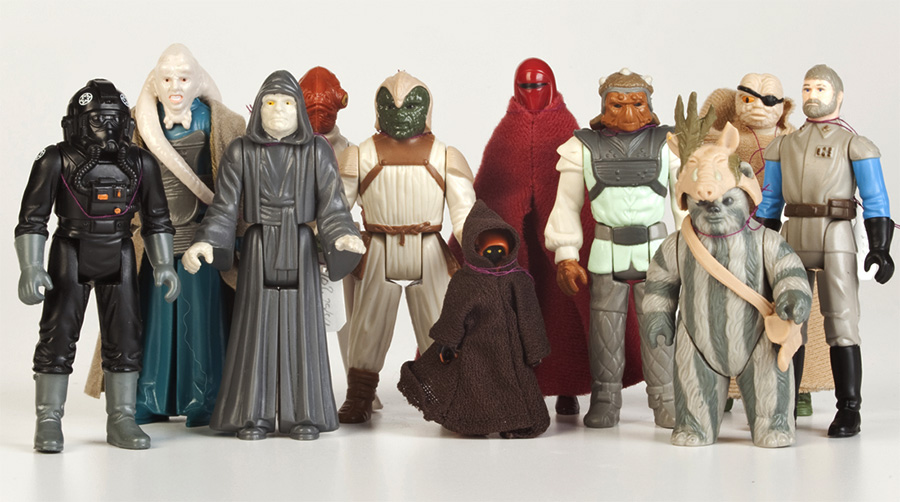
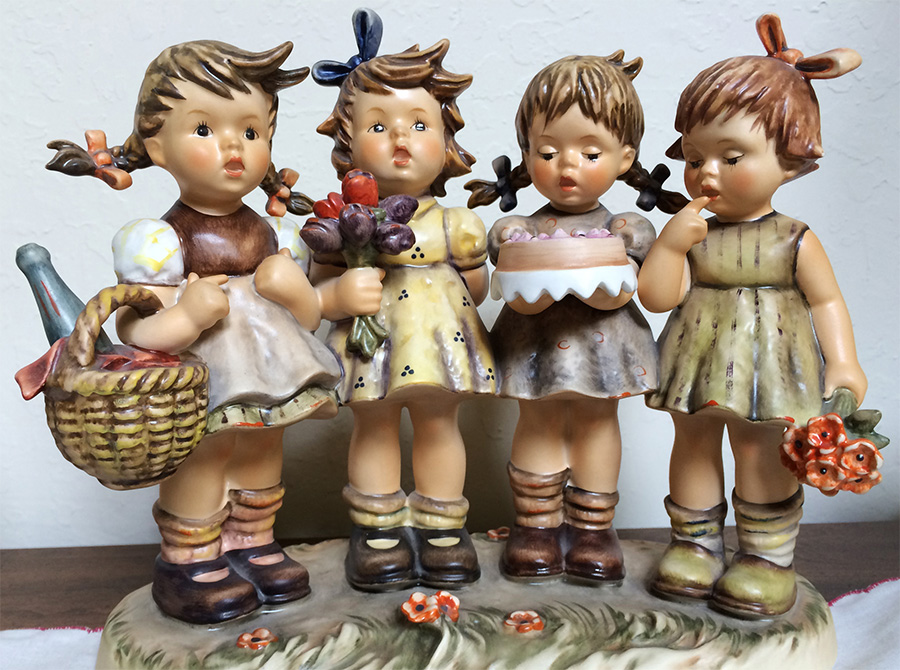
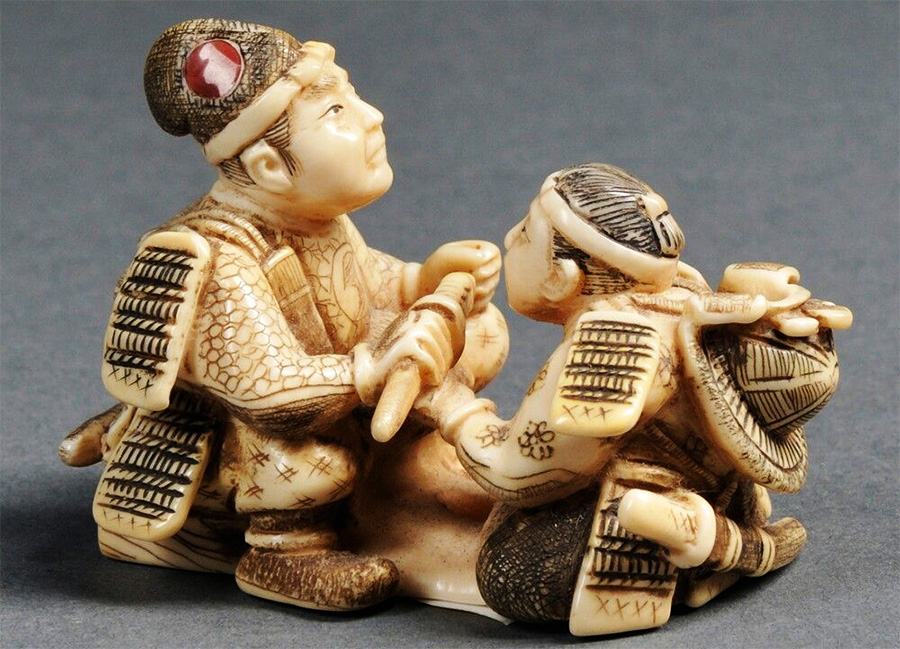
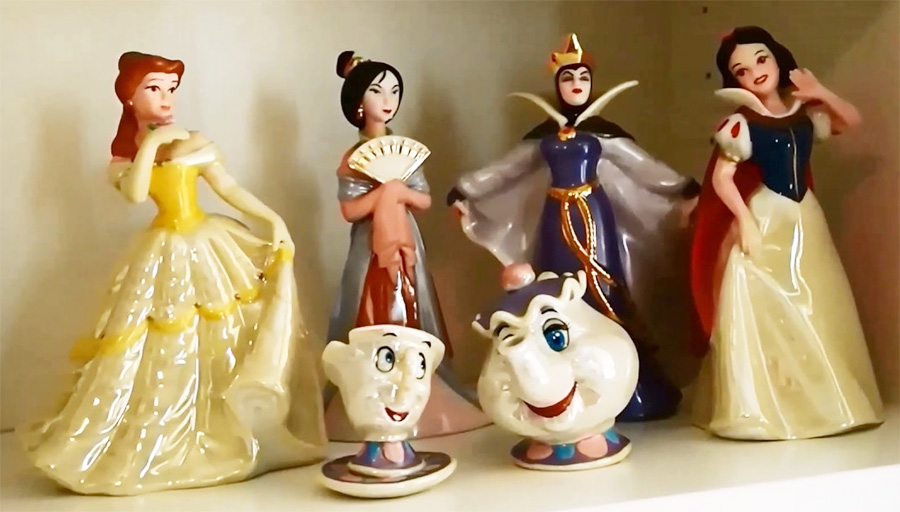
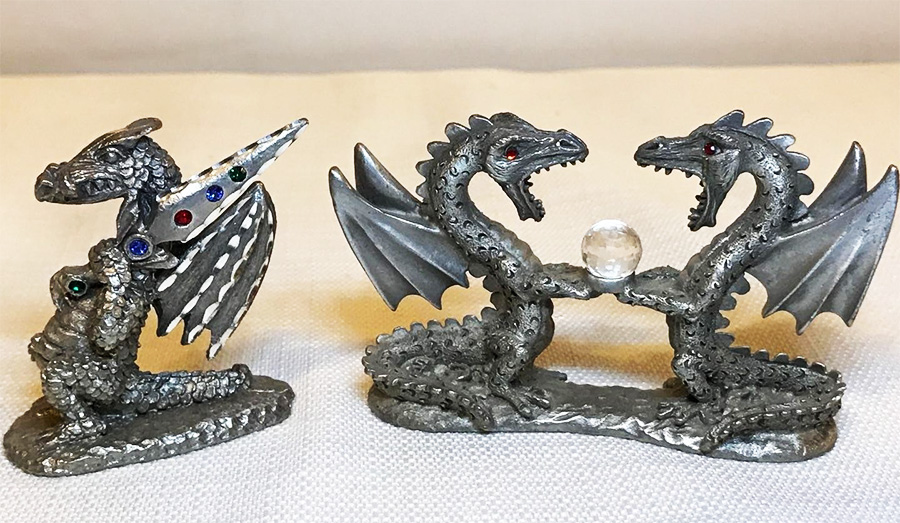
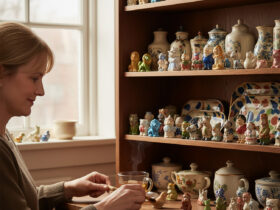
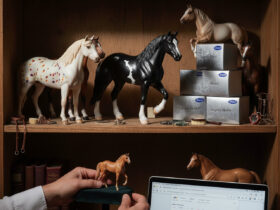
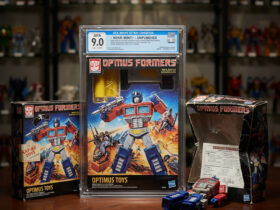

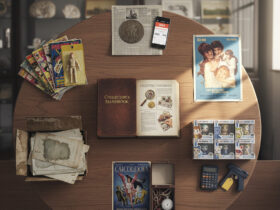
Leave a Reply